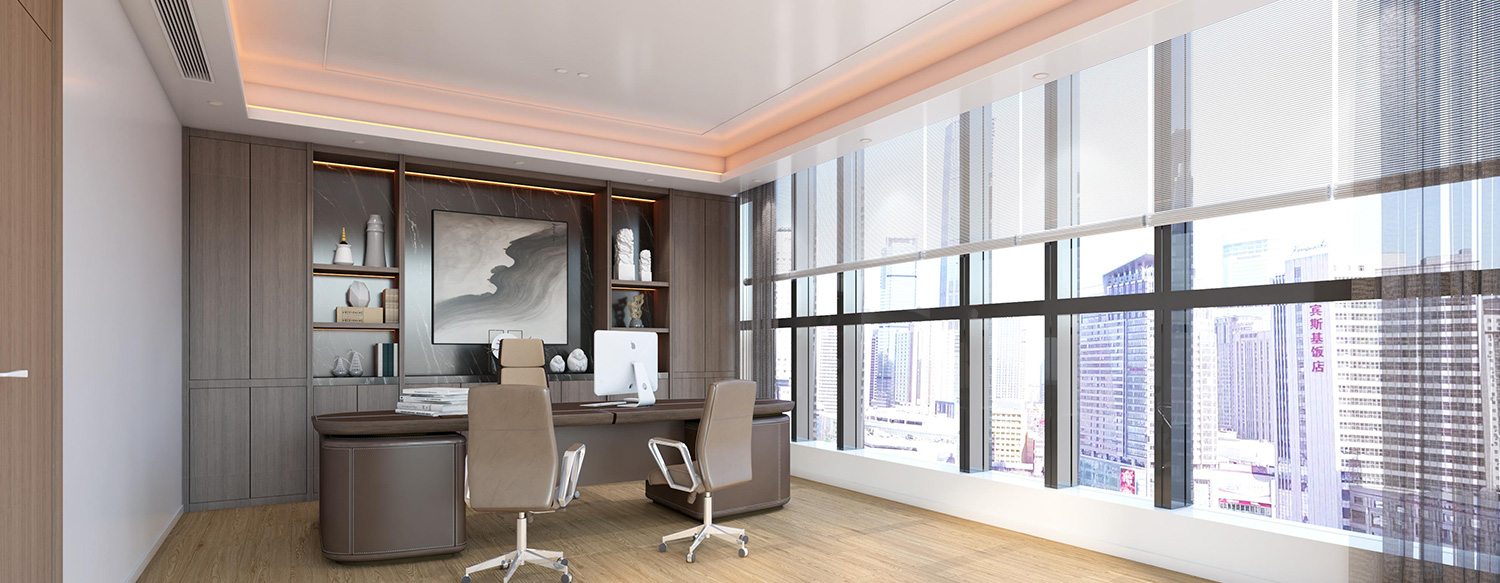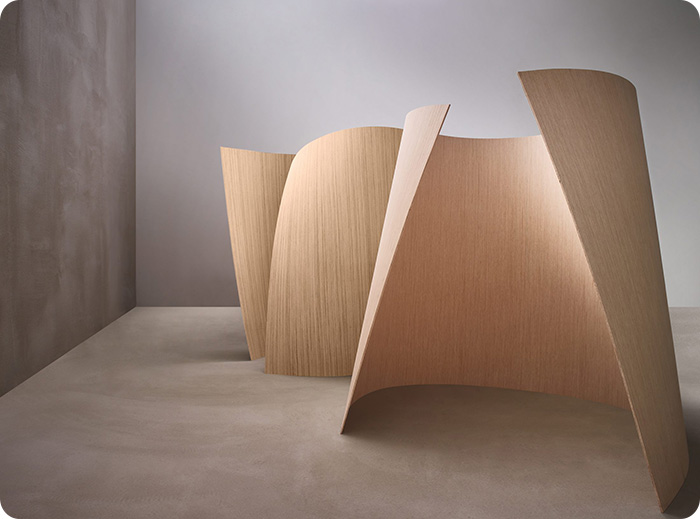In the world of woodworking and interior design, the demand for beautiful, sustainable, and consistent wood products has steadily increased. As a result, reconstituted veneer, also known as engineered or reconstructed veneer, has emerged as a popular alternative to traditional natural wood veneer. Combining the beauty of natural wood with eco-friendly practices and unparalleled versatility, reconstituted veneer has become a go-to choice for architects, designers, and furniture manufacturers alike.
This blog will provide a complete introduction to reconstituted veneer, exploring what it is, how it’s made, its benefits, and its applications, helping you better understand why this material is making waves in the industry.
What is Reconstituted Veneer?
Reconstituted veneer is a man-made veneer product designed to replicate the appearance of natural wood veneer. It is produced by slicing, dyeing, and gluing together thin layers of wood from fast-growing, sustainable species. The result is a consistent, high-quality veneer that mimics the look of premium natural wood species, often with even more uniformity and stability than the real thing.
Unlike natural wood veneer, which is sliced directly from logs and can vary in color, grain, and texture, reconstituted veneer offers a uniform appearance, making it ideal for applications where consistency is important. Additionally, because it is made from sustainable wood sources, reconstituted veneer is an eco-friendly choice that helps preserve endangered hardwood species.
How is Reconstituted Veneer Made?
The process of creating reconstituted veneer is an intricate blend of craftsmanship and technology. It involves several key steps:
1. Source Material Selection
Reconstituted veneer is typically made from fast-growing, sustainable wood species such as Poplar or Ayous (also known as Obeche). These species are chosen for their light color, workability, and availability from sustainably managed forests. Using wood from rapidly renewable sources ensures that the production of reconstituted veneer has a minimal environmental impact.
2. Slicing into Thin Sheets
Once the logs are harvested, they are sliced into thin sheets of veneer. These thin layers are typically 0.5mm to 2mm thick. The slicing process is similar to traditional veneer production, but the purpose in reconstituted veneer is to prepare the sheets for further processing.
3. Dyeing and Coloring
One of the most significant differences between natural veneer and reconstituted veneer is the ability to control the color. In this step, the thin slices of wood are dyed to create the desired color or shade. Dyeing allows manufacturers to replicate the look of exotic wood species, such as Walnut, Ebony, or Teak, without using the actual species.
4. Lamination and Gluing
The dyed sheets are then laminated together using adhesives, typically in a block or log formation. The arrangement of the sheets and the adhesive used give reconstituted veneer its structural integrity and uniform appearance.
5. Re-Slicing
After the block is formed, it is re-sliced into thin veneer sheets that exhibit a consistent grain pattern. The re-slicing process allows manufacturers to create veneers with specific grain orientations, such as straight or figured patterns, depending on the desired look.
6. Final Processing and Finishing
Once the veneer sheets are sliced, they undergo additional processing, such as sanding or finishing, to achieve a smooth and ready-to-use product. The result is a veneer that is not only visually appealing but also easy to work with, making it suitable for a wide range of applications.
Benefits of Reconstituted Veneer
Reconstituted veneer offers numerous advantages over natural wood veneer, making it an attractive choice for both designers and manufacturers. Here are some of the key benefits:
1. Sustainability
One of the most significant advantages of reconstituted veneer is its sustainability. By using fast-growing wood species and minimizing waste, the production of reconstituted veneer helps reduce the demand for endangered hardwoods. This makes it an eco-friendly option for those who want to incorporate wood into their projects without contributing to deforestation.
2. Consistency in Appearance
Unlike natural wood veneer, which can vary in color, grain, and texture even within the same species, reconstituted veneer offers uniformity. Because it is dyed and engineered, reconstituted veneer ensures that every sheet looks the same, making it ideal for large-scale projects where consistency is important. This is particularly valuable in applications like cabinetry, wall paneling, and furniture, where a seamless appearance is desired.
3. Cost-Effective Alternative
Reconstituted veneer is often more affordable than natural veneer, especially when replicating the look of rare or exotic wood species. For example, if you want the luxurious appearance of Ebony or Rosewood but cannot afford the high cost or environmental impact, reconstituted veneer can provide a similar aesthetic at a fraction of the price.
4. Wide Range of Designs
Because reconstituted veneer is manufactured, it can be customized to mimic almost any wood species or grain pattern. Whether you’re seeking a straight-grain Walnut, a bold Zebrawood, or a figured Maple, reconstituted veneer can be designed to meet your specific aesthetic needs. This level of versatility is difficult to achieve with natural wood veneer.
5. Durability and Stability
Reconstituted veneer is less prone to warping, shrinking, or expanding compared to natural wood veneer, thanks to its engineered composition. This makes it a more stable choice, particularly in environments with fluctuating temperature or humidity levels. Additionally, the manufacturing process gives reconstituted veneer increased strength and durability, ensuring that it can withstand the rigors of daily use.
6. Ease of Workability
Like natural wood veneer, reconstituted veneer is flexible and easy to work with. It can be applied to a variety of substrates, such as MDF (medium-density fiberboard) or plywood, using traditional woodworking techniques. This makes it a versatile material that can be used in everything from cabinetry and furniture to interior paneling and doors.
Applications of Reconstituted Veneer
Reconstituted veneer is incredibly versatile and can be used in a wide range of applications. Its combination of sustainability, aesthetic appeal, and consistency makes it a favorite in both residential and commercial settings. Some common uses include:
1. Furniture Manufacturing
Reconstituted veneer is often used in the production of high-quality furniture. Its uniform appearance and wide range of design options make it perfect for creating stylish, modern pieces without the high cost or environmental impact of natural exotic woods.
2. Cabinetry and Millwork
In kitchens, bathrooms, and living spaces, reconstituted veneer is frequently used for cabinetry and millwork. Its durability and resistance to warping make it a practical choice, while its aesthetic versatility ensures that it can complement any design style.
3. Wall Paneling and Cladding
Reconstituted veneer is an excellent choice for interior wall paneling and cladding. Its consistent grain and color provide a seamless, sophisticated look, whether used in residential homes or commercial spaces like offices, hotels, and retail stores.
4. Architectural Applications
Architects often turn to reconstituted veneer for large-scale projects where sustainability and consistency are of utmost importance. From office buildings to public spaces, reconstituted veneer offers an eco-friendly solution that doesn’t compromise on design.
Conclusion
Reconstituted veneer represents the perfect marriage of sustainability, beauty, and versatility. By mimicking the appearance of natural wood while offering superior consistency, durability, and eco-friendliness, it has become a preferred choice for architects, designers, and manufacturers around the world.
Whether you’re looking to create stunning furniture, cabinetry, or interior paneling, reconstituted veneer allows you to achieve the look of premium wood species without the environmental cost. Its wide range of design possibilities and accessible price point make it an ideal material for anyone who wants to enjoy the beauty of wood while minimizing their impact on the planet.
In a world where sustainability is becoming increasingly important, reconstituted veneer offers a responsible and stylish alternative to traditional wood products.

